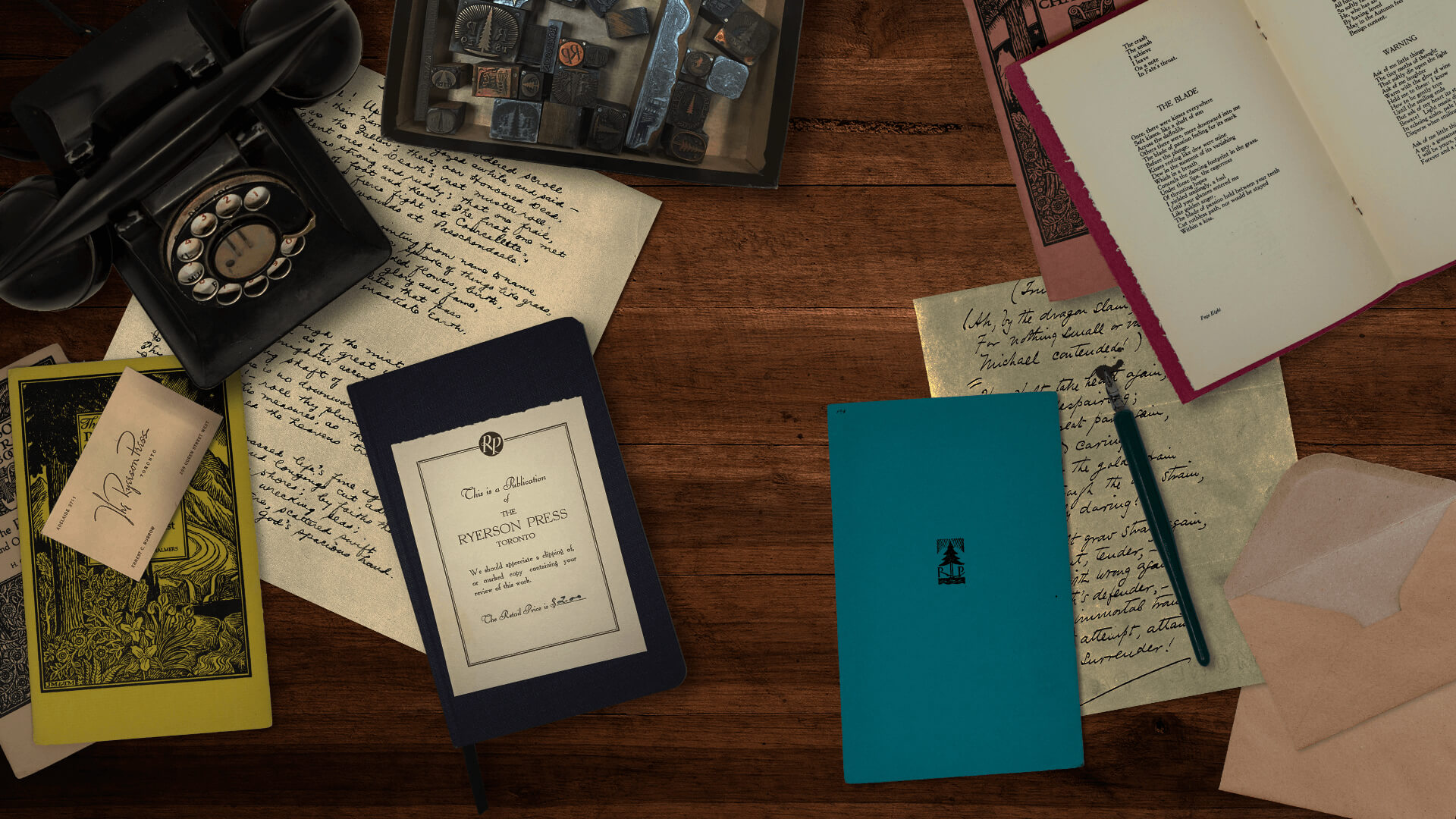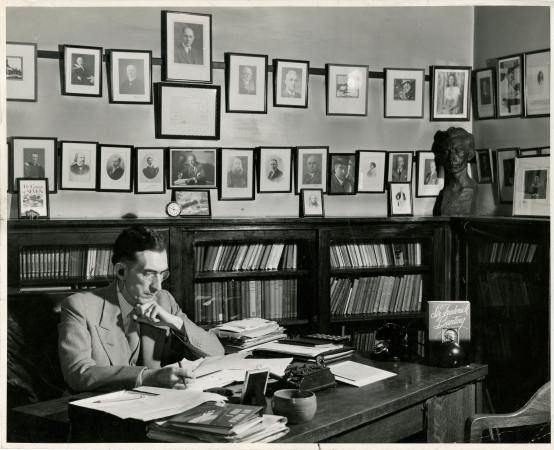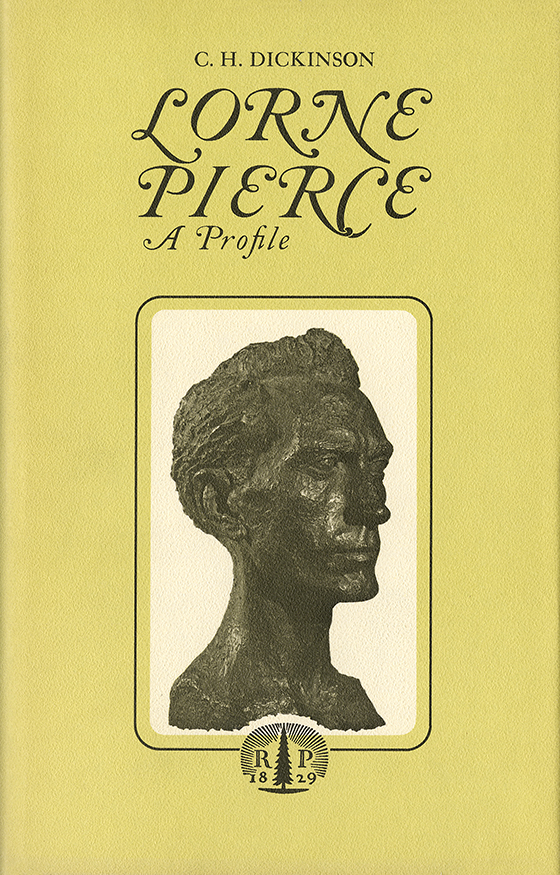Editor Lorne Pierce (1890-1961) was an ardent nationalist who used his position at the Ryerson Press to vigorously promote and publish the work of Canadian writers and artists. For forty years — from 1920 until his retirement in 1960 — Pierce was the driving force behind the Press. At the same time, he was instrumental in helping to develop and shape a literary and artistic culture for Canada.
Pierce’s rural and religious upbringing — he was raised in the small town of Delta, Ontario in a strictly Methodist home — had a strong and abiding influence on his life. His parents wanted him to become a minister and Pierce planned to follow that path. He attended Queen’s University, Union Theological Seminary in New York, and was ordained a Methodist minister in 1916. Pierce undertook pastoral work in Ottawa and smaller towns in eastern Ontario, but he also had a passion for literature and art. Thus, when Ryerson Press offered him the position of literary advisor in 1920, he happily accepted and entered the world of publishing.
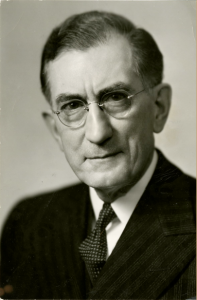
Pierce spent nearly two years working in an administrative capacity under Book Steward Samuel Fallis, who shared the former’s interest in Canadian literature. When he was named general editor in 1922, Pierce was tasked with evaluating submissions, initiating “publications of general importance,” and establishing “the literary policy”1 of the Press. In other words, he was given the opportunity to guide and promote writers while wielding power in a major Canadian publishing house. “The sense of spiritual mission and moral vigilance” that Pierce had “inherited from his Methodist origins was thus applied to the fostering of a national culture, especially a flourishing body of Canadian literature.”2
Pierce’s nationalism reflected the tenor of the day, as Canadian pride was at an all time high following the successes of the First World War. In an attempt to take advantage of the surge in patriotism, Pierce launched the Makers of Canadian Literature series. Twelve volumes were issued over several years (1922-1925) — a belated thirteenth volume appeared in 1941 — with each work focusing on a notable Canadian author and featuring a portrait, biography, and critical analysis. The “ambitious series” was intended “to foster a bicultural awareness of Canadian literature.”3 It introduced readers to both English- and French-Canadian authors, among them prose writers Louis Honoré Frechette and Thomas Chandler Haliburton, humourist Stephen Leacock, and poets Isabella Valancy Crawford and François-Xavier Garneau. Less a business venture than a feat of publishing, the series was the result of Pierce’s fierce commitment to cultivating an appreciation for Canadian writing.
Although the Makers of Canadian Literature series brought pressing financial matters to the fore — copyright issues, razor-thin profit margins, and costly royalty payments, for example — Pierce’s tenacity and passion for Canadian literature and culture was unrelenting. He forged ahead and developed other landmark series, such as the Ryerson Poetry Chap-Books (1925-1962) — which featured verse by Bliss Carman, Marjorie Pickthall, and Charles G.D. Roberts, and later Louis Dudek, Dorothy Livesay, and Raymond Souster, for instance — and the Canadian Art series (1937-1948) — 16-page booklets which profiled nineteenth- and twentieth-century artists such as Paul Kane and Cornelius Krieghoff, and Clarence Gagnon, A.Y. Jackson, J.E.H. MacDonald, Thoreau MacDonald, and Tom Thomson.
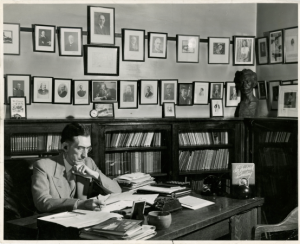
In addition to spearheading series publication, Pierce published pioneering work across all genres: the novels Settlers of the Marsh (1925) by Frederick Philip Grove — so controversial, it almost led to Pierce being fired — and Immortal Rock: The Saga of Kensington Stone (1954) by Laura Goodman Salverson; the stories In the Village of Viger (1945) by Duncan Campbell Scott; many full-length volumes of poetry, including Newfoundland Verse (1923) by E.J. Pratt and David and Other Poems (1942) by Earle Birney, both designed and illustrated by Frederick Varley; the anthologies Our Canadian Literature: Representative Prose and Verse (1922), jointly edited by Pierce and Albert Durrant Watson, and Canadian Poetry in English (revised and enlarged in 1958), collaboratively edited by Pierce, poet Bliss Carman, and critic V.B. Rhodenizer; and scholarship On Canadian Poetry (1943) by E.K. Brown and Our Sense of Identity: A Book of Canadian Essays (1954) by Malcolm Ross. Moreover, in publishing literary anthologies and scholarly works of literary criticism — Ryerson Press was also a major publisher of textbooks for the primary and secondary school markets — Pierce facilitated the study of Canadian literature, an emerging subject in universities across the country.
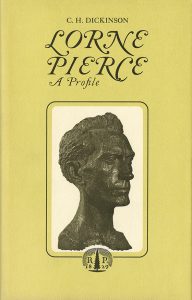
Pierce, whose enthusiasm for Canadian art was no less strong than his zeal for Canadian writing, believed a book’s design was equal in importance to its content. As Randall Speller notes, Pierce “made up his mind” early on to issue “beautifully published”4 books. To do so, he enlisted some of Canada’s most influential artists to help develop works that are now recognized as “highlights of twentieth-century Canadian book design.”5 He relied on a select group of talented Canadian artists — C.W. Jefferys, as well as Group of Seven painters J.E.H. MacDonald and Frederick Varley — to bring his artistic vision to life through the creation of book covers, dust jackets, and endpapers. One of Pierce’s most influential recruits was painter Thoreau MacDonald, son of J.E.H. MacDonald. MacDonald joined the Press in the early 1930s and went on to contribute simple yet elegant illustrations, bold and futuristic typographic work to many books. With the help of his highly skilled design team, Pierce’s ambition was realized and he could take great pride in being able to produce books of unparalleled beauty. Thus, Ryerson Press gained an advantage in a competitive market. Today, its books are still valued for their elegant design and distinctive artistry.
Pierce’s valiant and patriotic support of Canadian literature and art never waned. Over the course of his career, though he faced market competition and industry challenges, he faithfully advocated on behalf of Canadian writers and artists. In 1926, through the Royal Society of Canada, Pierce initiated and endowed an award in his honour. Thus, every two years, to celebrate “achievement of special significance and conspicuous merit in imaginative or critical literature,”6 an outstanding individual receives the Royal Society’s Lorne Pierce Medal — a fitting way to commemorate Pierce’s own efforts to advance Canadian literature and art.
1 Sandra Campbell, Both Hands: A Life of Lorne Pierce of Ryerson Press (Montreal/Kingston: McGill-Queen’s UP, 2013). See also C.H. Dickson, Lorne Pierce: A Profile (Toronto: Ryerson Press, 1965); and Sandra Campbell, “Nationalism, Morality, and Gender: Lorne Pierce and the Canadian Literary Canon, 1920-60,” Papers of the Bibliographical Society of Canada 32.2 (Fall 1994): 135-60.
2 Campbell, Both Hands.
3 Campbell, Both Hands 213.
4 Randall Speller, “Arthur Steven at The Ryerson Press: Designing the Post-War Years (1949-1969),” Papers of the Bibliographical Society of Canada 41.2 (Fall 2003): 7.
5 Speller 7.
6 “RSC Medals and Awards: Lorne Pierce Medal,” Royal Society of Canada, https://rsc-src.ca/en/awards-excellence/rsc-medals-awards#Pierce.
